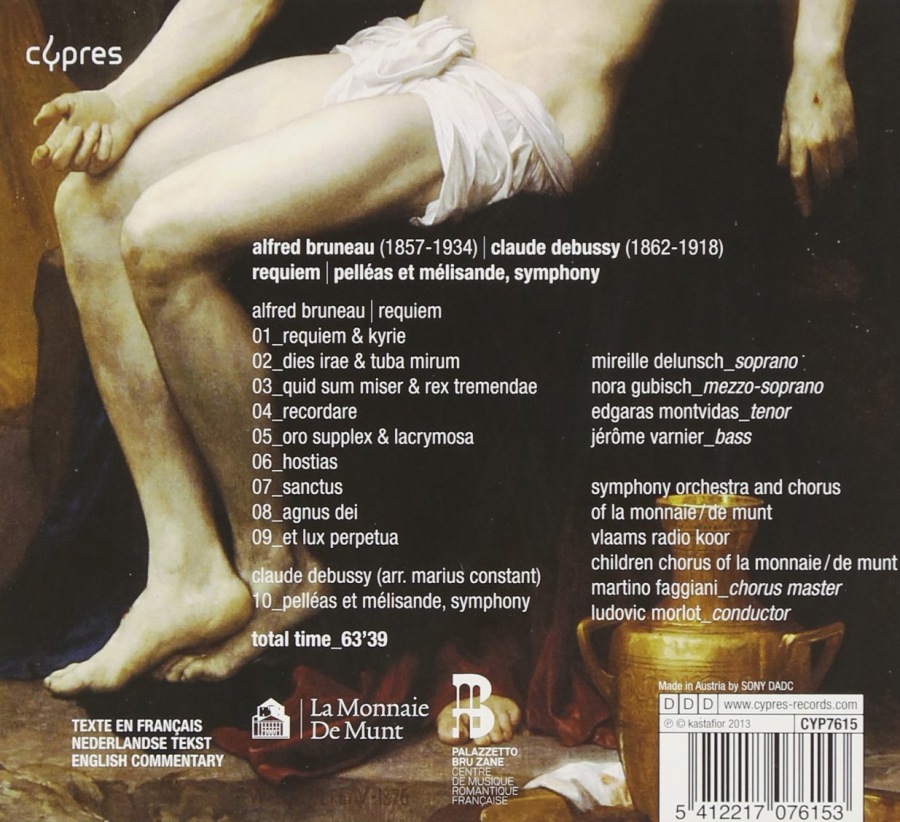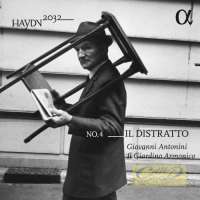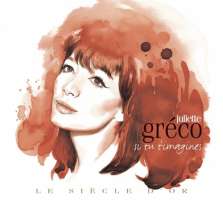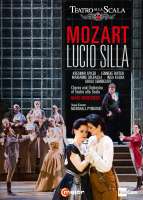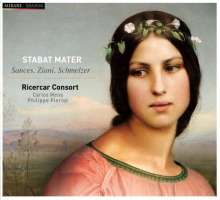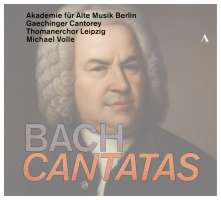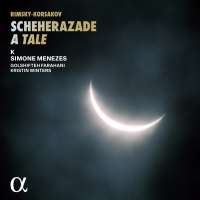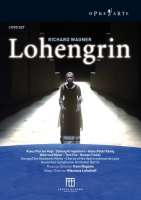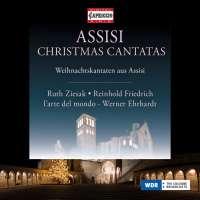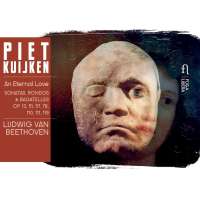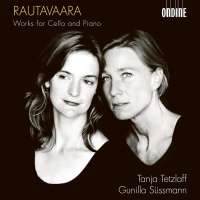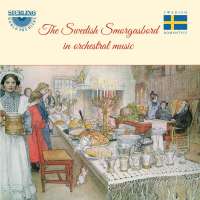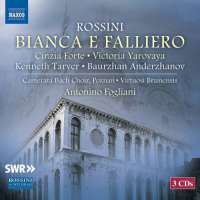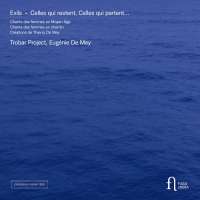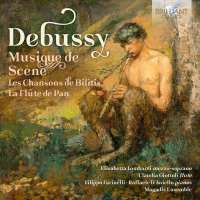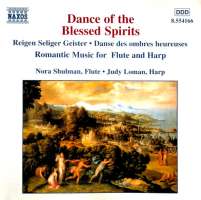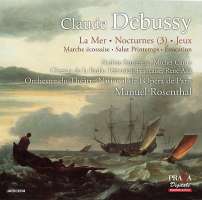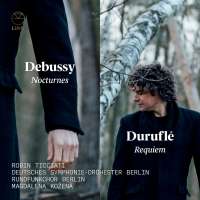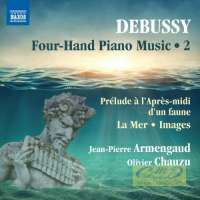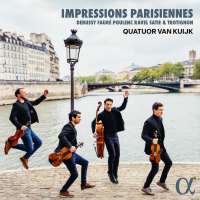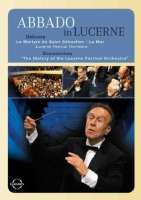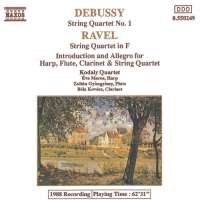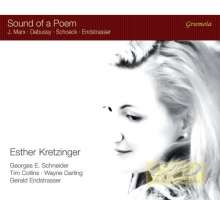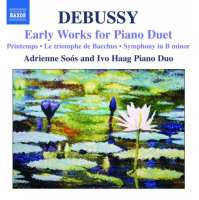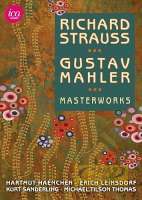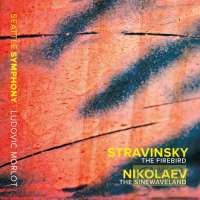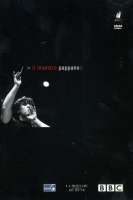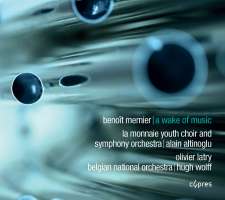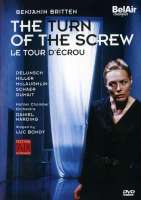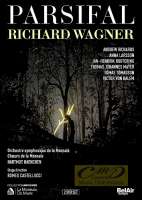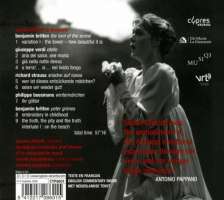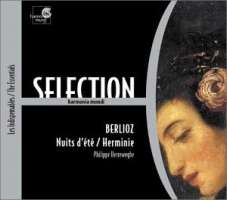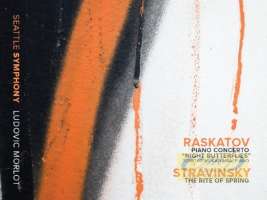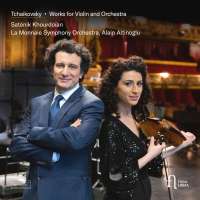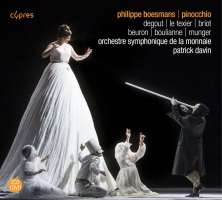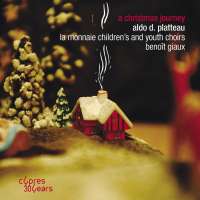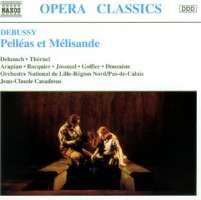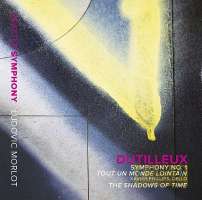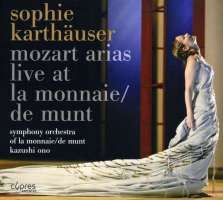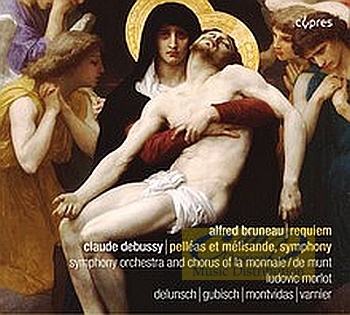
kompozytor
Debussy, Claude;
Bruneau, Alfred
tytuł
Bruneau: Requiem / Debussy: Pelléas et Mélisande - symphony
wykonawcy
Delunsch, Mireille;
Gubisch, Nora;
Varnier, Jérôme;
Montvidas, Edgaras;
La Monnaie Children's and Youth Choirs;
Vlaams Radiokoor;
Orchestre Symphonique de la Monnaie;
Morlot, Ludovic
Gubisch, Nora;
Varnier, Jérôme;
Montvidas, Edgaras;
La Monnaie Children's and Youth Choirs;
Vlaams Radiokoor;
Orchestre Symphonique de la Monnaie;
Morlot, Ludovic
nr katalogowy
CYP 7615
opis
From Lully’s grands motets, Couperin’s Leçons de ténèbres, and the versions of the Requiem by Campra and Desaugiers to Poulenc’s Stabat Mater and Messiaen’s La Transfiguration de Notre-Seigneur Jésus-Christ, there is a magnificent tradition of sacred music in France. Whether manifest in the pomp of the Sun King, in revolutionary ardour, or in Meyerbeerian grand opéra, France has always had a fascination for the expression of grand passions, whether sacred or profane, and the influence of opera is undeniable in the epic works of Lesueur and Méhul, and even in the masses of Cherubini. Later in history, there was an attempt, led by Choron, the Niedermeyer School and the Schola Cantorum, to break free of this tendency by returning to the liturgical source of plainchant. A vacillation between high drama and devotion characterized the entire evolution of the genre of sacred music and, in particular, its ultimate and perhaps most spectacular embodiment, the Requiem Mass. The latter part of the 19th century brought a considerable output of religious works, and in France such important figures as César Franck, Théodore Dubois, Jules Massenet and Émile Paladilhe all produced remarkable oratorios. In the 1880s it was therefore only to be expected that a young composer like Alfred Bruneau should attempt a large-scale religious work before launching a career in opera, which at the time was still the key to achieving a major reputation in France.
nośnik
CD
gatunek
Muzyka klasyczna
producent
Cypres
data wydania
03-12-2013
EAN / kod kreskowy
5412217076153

(Produkt nie został jeszcze oceniony)
cena 79,00 zł
lubProdukt na zamówienie
Wysyłka ustalana indywidualnie.
Darmowa wysyłka dla zamówień powyżej 300 zł!
Darmowy kurier dla zamówień powyżej 500 zł!
sprawdź koszty wysyłki